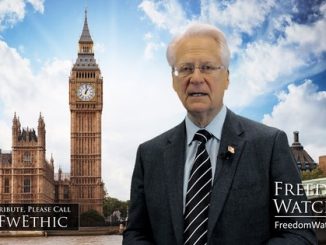
How did the U.S. reach the point where we’re looking at cold wars on two fronts, and for how long can we maintain this tension?
Kim Jong Un, angered by the newest U.S. sanctions, is warning that North Korea’s commitment to denuclearization could be imperiled and we could be headed for “exchanges of fire.”
Iran, warns Secretary of State Mike Pompeo, is testing ballistic missiles that are forbidden to them by the UN Security Council.
Turkish President Recep Tayyip Erdogan has warned that, within days, he will launch a military thrust against U.S.-backed Kurdish forces in northern Syria, regarding them as allies of the PKK terrorist organization inside Turkey.
 Vladimir Putin just flew two Tu-160 nuclear capable bombers to Venezuela. Ukraine claims Russia is amassing tanks on its border.
Vladimir Putin just flew two Tu-160 nuclear capable bombers to Venezuela. Ukraine claims Russia is amassing tanks on its border.
How did the United States, triumphant in the Cold War, find itself beset on so many fronts?
First, by intervening militarily and repeatedly in a Mideast where no vital U.S. interest was imperiled, and thereby ensnaring ourselves in that Muslim region’s forever war.
Second, by extending our NATO alliance deep into Eastern Europe, the Balkans, and the Baltics, thereby igniting a Cold War II with Russia.
Third, by nurturing China for decades before recognizing she was becoming a malevolent superpower whose Asian-Pacific ambitions could be realized only at the expense of friends of the United States.
The question, then, for our time is this: Can the U.S. pursue a Cold War policy of containment against both of the other great military powers, even as we maintain our Cold War commitments to defend scores of countries around the globe?


